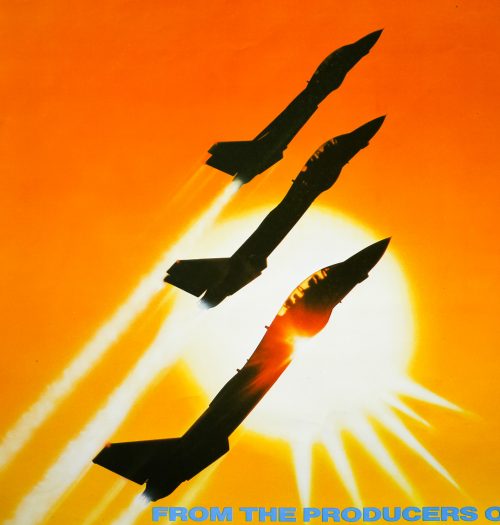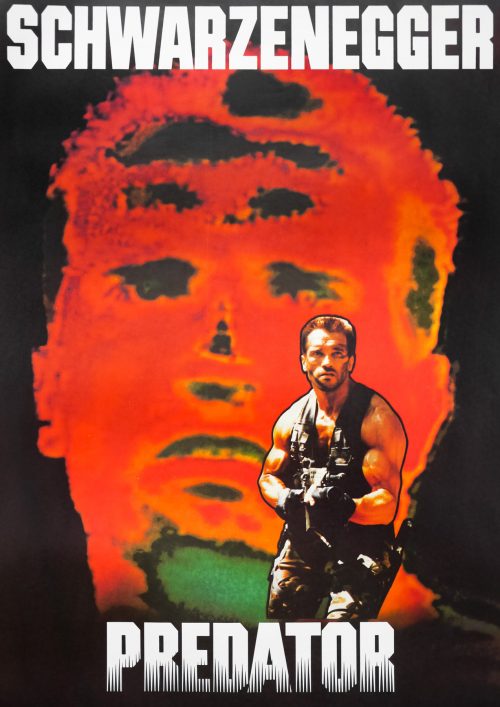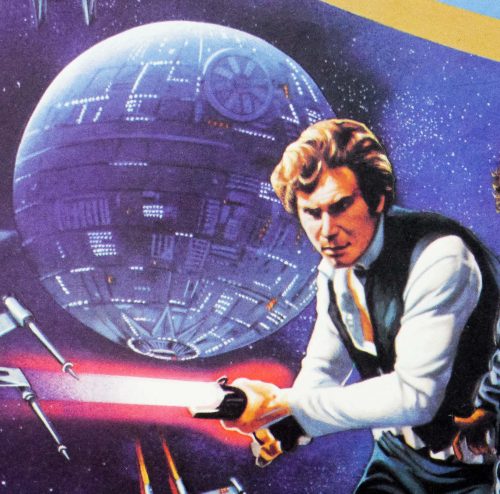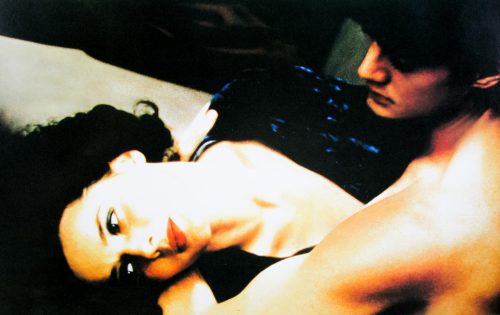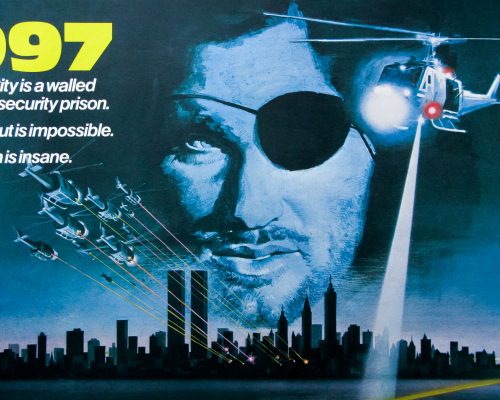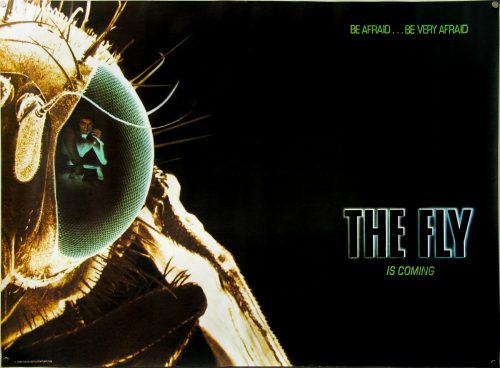- Title
- Whodunit?
- AKA
- Island of Blood (USA) | Scared Alive (USA - alt. title) | El asesino de los bloopers (Argentina)
- Year of Film
- 1982
- Director
- William T. Naud (as Bill Naud)
- Starring
- Marie-Alise Recasner, Rick Dean, Ron Gardner, Terence Goodman, Richard Helm, Jeanine Marie, Jared McVay, G. Rockett Phillips, Jim Piper
- Origin of Film
- USA
- Genre(s) of Film
- Marie-Alise Recasner, Rick Dean, Ron Gardner, Terence Goodman, Richard Helm, Jeanine Marie, Jared McVay, G. Rockett Phillips, Jim Piper,
- Type of Poster
- Quad
- Style of Poster
- --
- Origin of Poster
- UK
- Year of Poster
- 1982
- Designer
- FEREF-James The Partnership
- Artist
- Mike Vaughan
- Size (inches)
- 30 1/16" x 39 15/16"
- SS or DS
- SS
- Tagline
- Seven people are dead - and you're next!
This is the UK quad for a rather obscure 1980s slasher flick that is known by various names around the globe, including Island of Blood and Scared Alive, but was released in the UK as Whodunit? Directed by William T. Naud (here credited as Bill Naud), whose IMDb profile shows him as not being very prolific, the film is apparently based unofficially on Agatha Christie’s mystery novel And Then There Were None. The Wikipedia page for the film describes the plot thusly:
A film crew and a motley collection of thespians set out for an island that will be the perfect location for their next feel good, light hearted, comedy picture. But unfortunately someone has other ideas and destroys their mode of transport before finishing off the surviving cast and crew (wearing a skull-like mask) with the aid of a chainsaw, machete, and nail gun, all to a sick sado-masochistic type song (that this homicidal psycho has a fetish for). This psychotic murderer also has an accomplice, a fellow crewman who is skilled in the art of booby traps, rigging a shower to rain battery acid and scalding swimming pool that boils alive anyone who falls in.
It appears only to have been released on VHS here and in the US and no DVD is forthcoming. Judging by the handful of reviews on IMDb it might be a while before we see this one appear on blu-ray.
This quad bears a line crediting the design to the British design agency FEREF-James The Partnership, who were (and still are) a London-based agency creating advertising for the film industry. The original line up featured five designers and artists who had worked together at other agencies and decided to form their own and the name FEREF derives from each co-founder’s first initial. They worked on hundreds of posters during the 1970s and 1980s and employed many of the most talented artists to work on the posters, including Brian Bysouth (who eventually joined the company full time). It is believed this artwork was by the FEREF regular Mike Vaughan, who painted plenty of posters during the 1970s and 1980s.














